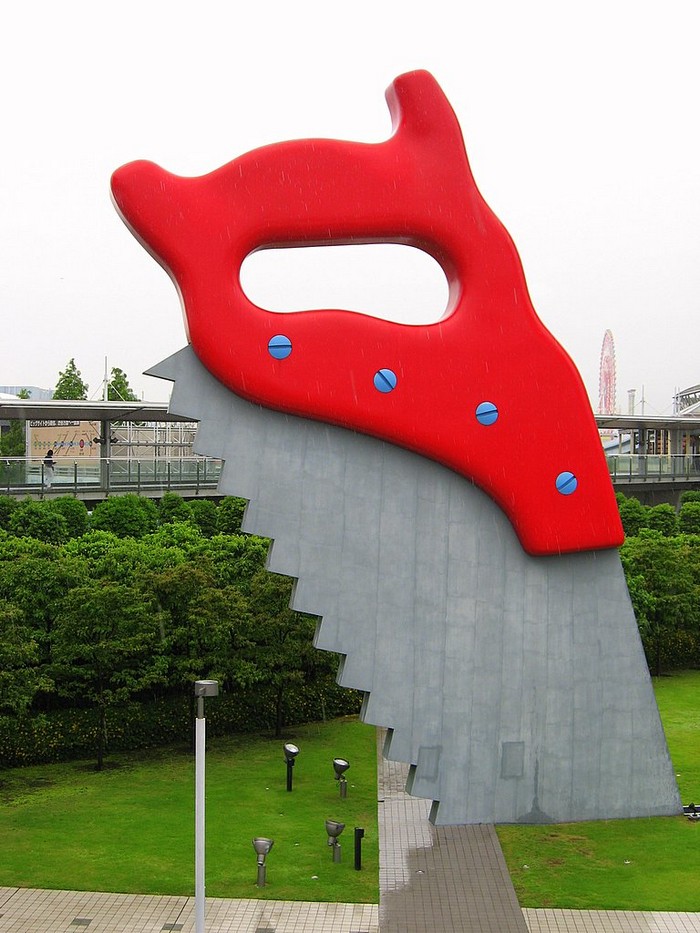Learning Objectives
- Students will be able to demonstrate various technical building skills as well as fine craftsmanship.
- Students will demonstrate an understanding of the sculptural process; going from idea, to sketchbook, to acquiring materials, to building, to refinement, to finished product.
- Students will be to define scale and proportion.
- Students will be able to effectively convey a change in scale.
Materials
- An unusual object from goodwill, the dollar store, your mom’s closet. You will ruin this object so…
- Super Glue or CA Glue (provided)
- Fine mist spray bottle (provided)
- Isopropyl Alcohol (provided)
- Utility knife and extra blades (good to have your own)
- Sketchbook and pencils
- At least 5 pieces of 1/4″ square 36″ long balsa wood (provided)
- At least 3 drawings that you are excited about and ready to discuss
Sketchbook
- Workout at least 3 sketches for your skeletal structure project. Try to think about your final project from multiple angles.
- Research some of the artists linked below and take notes in your sketchbook. Are there any of their works that you are particularly drawn too?
Info
Proportion / Scale – Proportion is the size relationship of parts to a whole and to one another. Babies are cute because their heads and eyes are so large when compared to the rest of their body. Their head and eyes are not in proportion to the rest of their body. Whenever you start a drawing, you can check proportions by comparing one object to another and asking if it’s too big, too small, too flat, too round… Scale refers to relating size to a constant, such as a human body. If you look on the box of a model car kit, you’ll see numbers such as 1:24th scale. This means that the car in the box with be 1/24 the size of a real car. Some artworks work better on a small scale (creates intimacy) while others on a much larger scale (commands attention).

Sculptors have traditionally embraced scale and proportion to make monumental or large works. These works sometimes recognize historic events or challenge our understanding of objects and our place in the world. Think about how changing the scale of your object will force the viewer to think differently about what you’ve presented.




Project
Using 1/4” x 1/4” x 36” balsa wood strips, design and construct an enlargement of the object you chose. Your “skeleton” will be a identical copy of your object, only larger and more intricate. Focus on bringing more detail to areas that you find interesting.
Consider frameworks of boats and other architectural structures. You may choose an organic or architectural approach, or a combination of the two. To keep the emphasis on form and structure, do not incorporate color or the use of other materials in this project. How will you make curved forms out of straight sticks? How do you make an area that might not be very interesting engaging?
Please do several preliminary drawings of various solutions pertaining to the fruit or vegetable you have chosen. Remember that you will be using a linear material and your drawings should reflect this; i.e. do not merely drawn renderings of the fruit or vegetable as it is – rather, invent and draw a skeletal “framework”. If it would help, feel free to draw a rendering then trace over it with skeletal ideas. We will review your 3 favorite drawings at the beginning of our next class period, then the construction of your chosen solution may begin.
Research
Handout – Elements and Principles of Design
Presentation – Elements and Principles of Design
- Richard Deacon
- Martin Puryear
- Sopheap Pich











